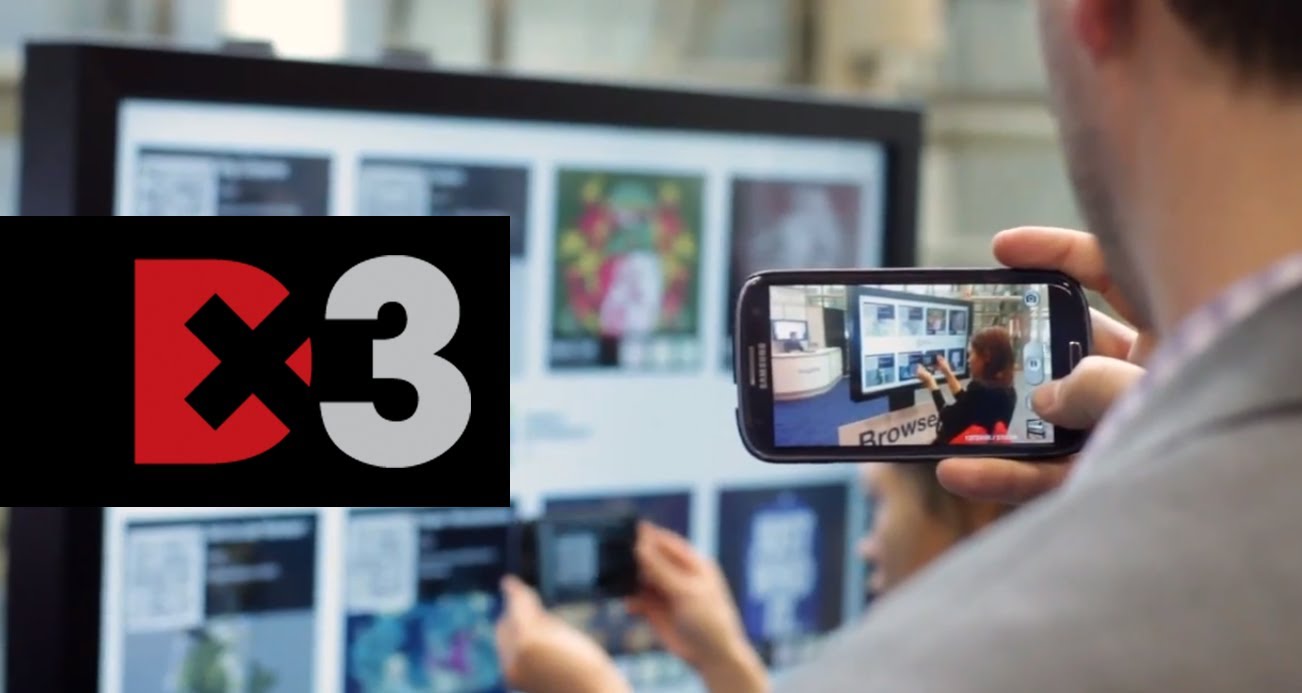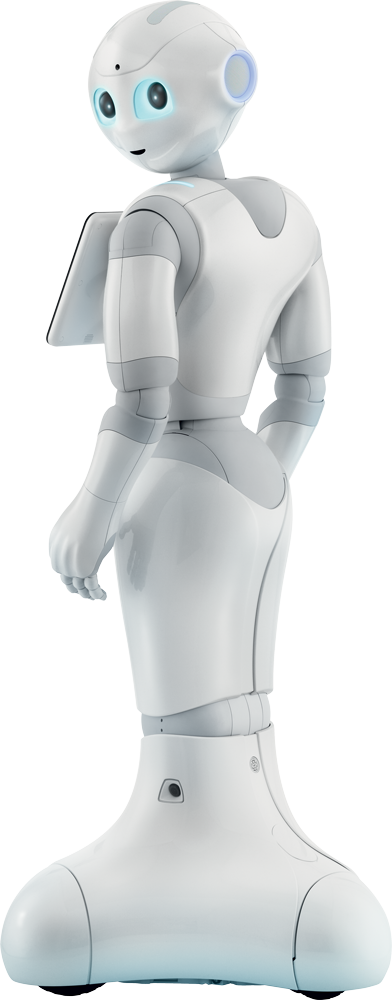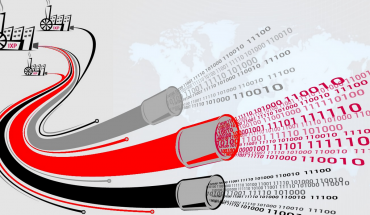“An educated consumer is our best customer…”
That’s the tagline from a series of commercials presented by the proprietor of a Buffalo, NY-based retail clothing outlet.
In TV, radio and print ads, the late Mr. Sy Syms (he passed away in 2009) would give viewers solid information about product features, availability, even company pricing strategy.
Underscoring the Syms brand awareness campaign was an apparent belief that the more the consumer knows, the better their purchase decisions will be. The better their decisions, the more they will enjoy – and return to – the company where they made their satisfying choice.
Clearly, there’s a risk in educating your customer too much – what if their new-found knowledge leads them elsewhere? By sharing details about his price points and price reduction strategy, Syms gave away some highly protected retail industry secrets.
He must have had confidence in his pitch, in his products, and in his customers.
Today, consumers are not so much encouraged to receive an education as they are encouraged to just walk on by. Well, walk within Bluetooth-range of an intelligence-enabled retail display device with their smartphones on!
Consumers don’t really need intelligence these days, it seems; what matters is the artificial intelligence embedded directly into retail environments that tells them what do do.

At a recent Canadian digital marketing and retail conference, artificial intelligence solutions for enhancing retail activity were displayed and demonstrated.
Attendees at a recent Canadian digital marketing and retail conference, DX3 held in Toronto, could see examples wherever they looked (and wherever they walked by with a smart device or cellphone on).
One highlight example was an interactive digital signage application from iGotcha Media, a company based in Montreal with offices in Toronto.
The company set up a giant video wall, made of four 49-inch Direct LED LCD screens from LG, and then wired it up with radio frequency identification tools, eye or gaze-tracking technologies, geo-locator bracelets that relay specific location information about the wearer, and real time mobile-to-screen connectivity capabilities that all support interaction and interactivity with passers-by.
Integrated imaging devices and facial recognition software are among the new trends in shopping developed to allow marketers to better track customer preferences and habits. Proximity marketing tools like motion-tracking cameras, wireless device detectors and Bluetooth broadcasting enable instant connectivity with potential customers.
At DX3, there were several other companies showing how the retail experience is changing with technological developments of all kinds. In a special Retail Collective Lab curated by Doug Stephens, founder of Retail Prophet and designed by Chute Gerdeman, plenty of examples were on hand to show how the physical store is no longer just a distribution point, but a complete media channel unto itself.
“The focus of this year’s Retail Collective is how the physical store is becoming a powerful experiential channel,” said Anthony Lipkin, partner and vice-president of Dx3. “Improvements in the field of artificial intelligence like we’re seeing … are a testament to how retailers are redefining the way customers are experiencing their brands.”

Pepper can interpret a smile, a frown, the tone of voice and other clues to determine a patron’s state of mind.
In the Retail Collective were intelligent retail technologies like Pepper the Robot, which interacts with shoppers (humans) and learns from them the best ways to recommended a fulfilling retail experiences. With his serious facial recognition capabilities, he can interpret a smile, a frown, the tone of voice and other clues to determine a patron’s state of mind. This techno-enabled meeter-greeter welcomes patrons in hundreds of brick-and-mortar locations, and plans call for him to roll him out in over 1,000 Nescafe food outlets.
Another artificial intelligence enabled device, called Fluid XPS (for expert personal shopper) seeks to assist shoppers in discovering and refining their product selections based on a pre-programmed questionnaire it serves up to willing participants. Fluid is fuelled by the computing horsepower of IBM’s Watson processing platform.
Other DX3 Retail Collective demonstrations showed off a digital wallet service MasterPass by MasterCard that stores payment cards on any connected device; a 3D body-scanning technology called Stefenka that takes measurements of a customer’s body to determine the best clothing fit; Vizera digital projection technology that enables shoppers to visualize real-life products in thousands of colours, fabrics and materials; and the face and emotion recognition system, Eyeris, that measures shoppers’ age, gender, head positioning and other intention-determining factors.
All interesting applications of new technologies, especially for an uneducated consumer who does not know their shoe size, best wardrobe colour or actual shopping needs.
-30-



